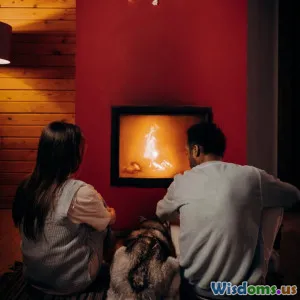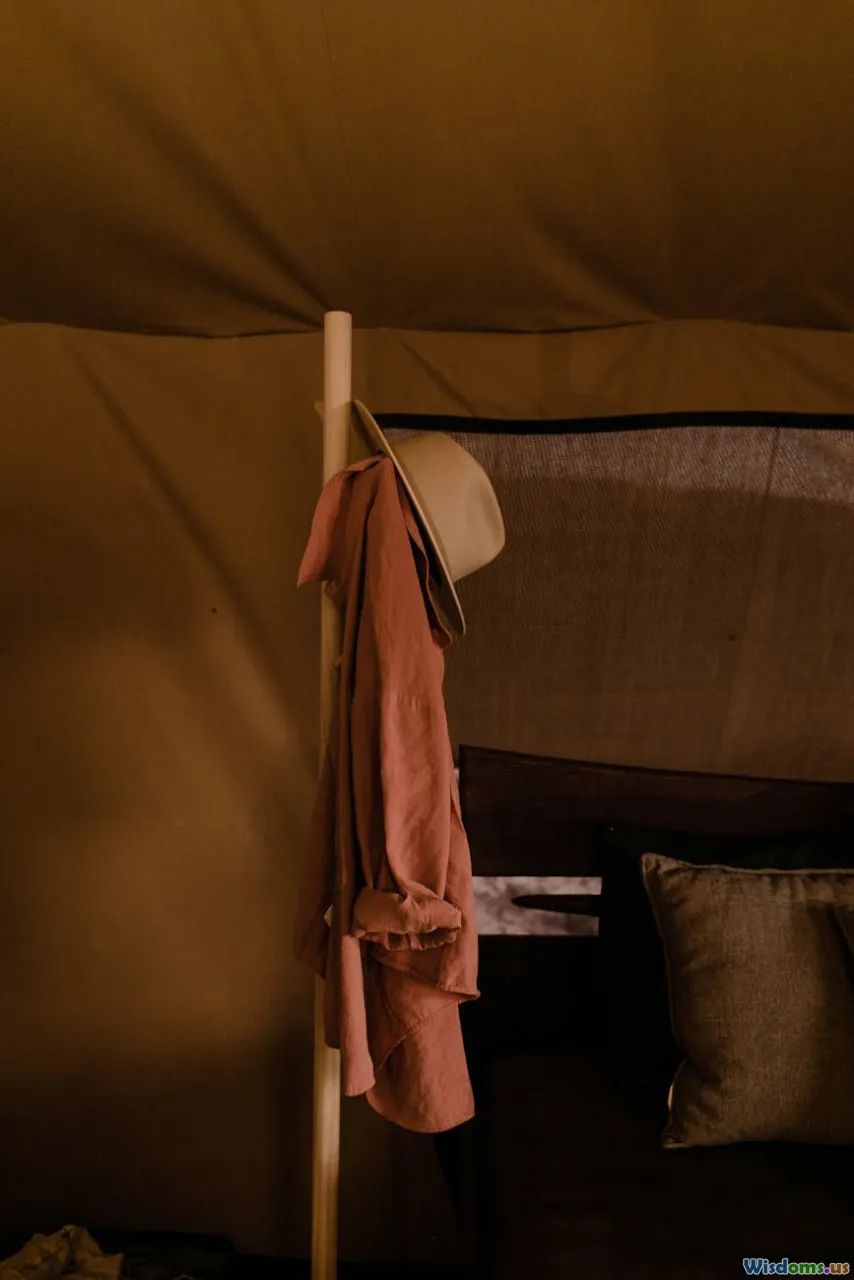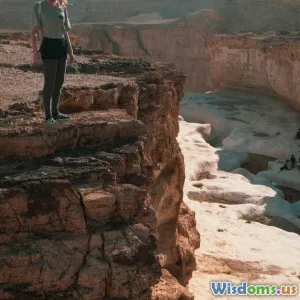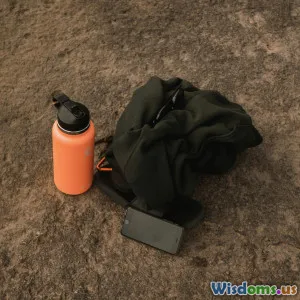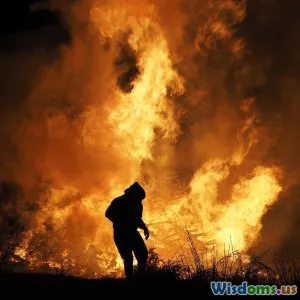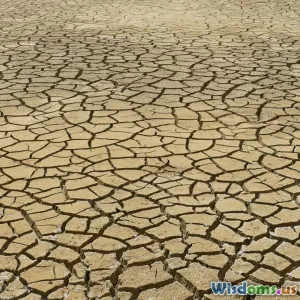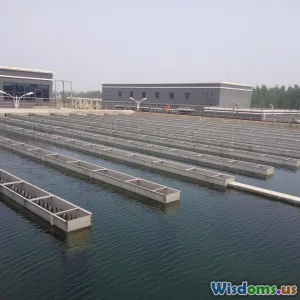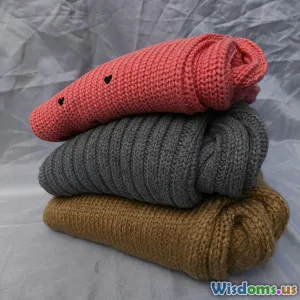
Comparing Emergency Shelter Materials for Desert Trekking
9 min read Explore essential emergency shelter materials for desert trekking, comparing their effectiveness, benefits, and drawbacks to optimize safety and comfort in extreme desert conditions. (0 Reviews)Comparing Emergency Shelter Materials for Desert Trekking
Venturing into the vast, unforgiving expanse of a desert requires more than just grit and navigation skills; it demands reliable, efficient emergency shelter materials that can stand against extreme heat, cold nights, and unpredictable desert storms. When trekking in a desert, your emergency shelter isn't just for resting—it could be your lifeline. In this comprehensive analysis, we break down the critical factors affecting shelter performance and compare popular materials, empowering you to prioritize safety and comfort in one of Earth's most challenging environments.
Introduction: The Unique Challenges of Desert Shelter
Many imagine deserts as relentlessly hot, sun-drenched plains, but their conditions are highly variable. Temperatures can soar above 45°C (113°F) during the day, then plummet below freezing at night due to rapid heat loss from the bare ground. Sandstorms may appear fast and furious, threatening structural integrity of improvised shelters. The intense solar radiation demands materials that offer efficient UV protection, while lightweight and compact designs are vital to avoid overburdening trekkers.
Unlike forest or alpine environments, deserts rarely offer natural shelter. This scarcity heightens the importance of your emergency shelter, making material selection a critical decision. To inform your choice, we'll explore common emergency shelter materials, addressing attributes like insulation, reflectivity, durability, weight, and versatility.
Key Factors Influencing Emergency Shelter Performance in Deserts
1. Thermal Regulation
Thermal regulation is paramount. Materials must reflect daytime heat to prevent overheating and conserve body warmth during nights. Reflective materials assist in diverting harsh sunlight, while insulating fabrics safeguard against cold nighttime temperatures. For example, mylar blankets—akin to those carried by survivalists—exhibit high reflectivity and are brilliant at retaining body heat when huddled inside.
2. Durability and Weather Resistance
Strong winds and abrasive sand challenge shelters. An ideal material resists tearing, punctures, and UV degradation. Canvas excels with ruggedness but can retain weight and absorb moisture, possibly creating discomfort or mildew in rare desert rains. Synthetic materials like ripstop nylon and polyethylene strike a balance between strength and lightness.
3. Weight and Portability
Since desert trekking involves carrying all essentials over harsh terrain, a shelter’s weight and compactness matter tremendously. Lightweight options allow trekkers to allocate carrying capacity to water or navigation tools without becoming overburdened.
4. Ease of Use and Setup
An emergency shelter's usability partakes in survival success. Quick deployment, minimal assembly, and adaptability to various terrain boost your chance to establish protection swiftly, especially in sudden weather shifts.
Comparing Popular Emergency Shelter Materials
Mylar (Reflective Emergency Blankets)
Overview: Mylar is a metallized polyethylene terephthalate film known for its high reflectivity and low weight.
Advantages:
- Reflects up to 97% of radiant heat, brilliantly deflecting desert sun rays.
- Very lightweight—packs to roughly an ounce—saving precious carry weight.
- Affordable and widely available.
Downsides:
- Fragile: tears and punctures impair utility.
- Minimal insulation when used alone, potentially providing limited wind resistance.
- Limited reuse due to delicate nature.
Example: The SOL Emergency Blanket is a classic, providing reflective warmth and emergency signaling with its shiny surface. Desert trekkers often combine mylar with other layers for better wind protection.
Canvas
Overview: Traditionally woven cotton or linen, canvas shelters offer robustness.
Advantages:
- Highly durable and resistant to tears.
- Breathable, reducing condensation inside shelter.
- Offers decent insulation from the sand's heat during day and cold during night.
Downsides:
- Heavier and bulkier compared to synthetics.
- Retains water; not ideal in sudden unexpected desert rain.
- Longer drying time can add weight.
Example: Historical desert expeditions have used canvas tents due to their sturdiness, even though modern backpacking favors lighter options.
Ripstop Nylon
Overview: Lightweight synthetic fabric woven to prevent tears from ripping across wide areas.
Advantages:
- Exceptional strength to weight ratio.
- Water-resistant and quick drying.
- Can be coated with PU (polyurethane) for enhanced waterproofing and UV resistance.
Downsides:
- May trap heat without proper ventilation.
- Prone to degradation if left exposed to prolonged direct sunlight over many days.
Example: Popular backpacking tents like the MSR Hubba series use ripstop nylon, balancing protection, portability, and durability fit for desert conditions.
Polyethylene Tarps
Overview: Thick, plastic sheeting commonly used as versatile shelter materials.
Advantages:
- Cheap and disposable.
- Waterproof and windproof.
- Lightweight relative to canvas.
Downsides:
- Not breathable, increasing risk of condensation inside.
- Prone to punctures if dragged over rough desert terrain.
Example: The classic blue tarp, although not fancy, can be fashioned quickly into a makeshift shade or windbreak.
Case Study: Survival Outcomes Linked to Shelter Choice
In 2018, an endurance hiker stranded in the Mojave Desert credited her survival to an emergency mylar blanket combined with reflective improvised shade. By reflecting sunlight and conserving nighttime warmth, she avoided heatstroke and hypothermia. However, her shelter's fragility necessitated careful handling.
On the contrary, a 2019 desert expedition using heavy canvas tents reported reliable shelter durability but struggled with carry weight and setup times, leading to longer exposure to elements during frequent relocations.
These anecdotes highlight the trade-offs inherent in every material type.
Practical Recommendations for Choosing Shelter Materials
- Pack Layered Shelter Systems: Combine reflective mylar for heat management with durable ripstop nylon or lightweight tent fabric for wind protection.
- Prioritize UV Protection: Ensure any fabric or coating resists UV to prevent breakdown and maintain shelter integrity.
- Balance Weight vs. Durability: Analyze your trek's duration and terrain to pick appropriate material. Multiday treks favor durable yet lightweight options.
- Consider Setup Skills: Practice quick assembly of your shelter in diverse conditions to maximize guardian potential when emergency strikes.
Conclusion: Crafting Your Desert Survival Strategy
Your choice of emergency shelter material is more than a logistical question; it represents a vital decision between vulnerability and resilience in desert trekking. Recognizing each material's strengths and limitations enables you to tailor your shelter to actual desert realities: blistering sun, bone-chilling nights, sudden storms, and the ever-present winds.
Harnessing innovation—like combining ultra-reflective materials for thermal control with rugged synthetics for durability and protection—embodies modern desert survival wisdom. Equip yourself with knowledge, train with your gear, and trek wisely; your emergency shelter is the silent guardian between you and the desert’s extremes.
References:
- "Survival Shelters: Designing for Extreme Environments," Journal of Outdoor Recreation, 2020.
- American Red Cross Wilderness Survival Guidelines, 2021.
- Mojave Desert Rescue Reports, California Search & Rescue, 2018-2019.
- GearLab Shelter Material Tests, 2023.
Rate the Post
User Reviews
Popular Posts



